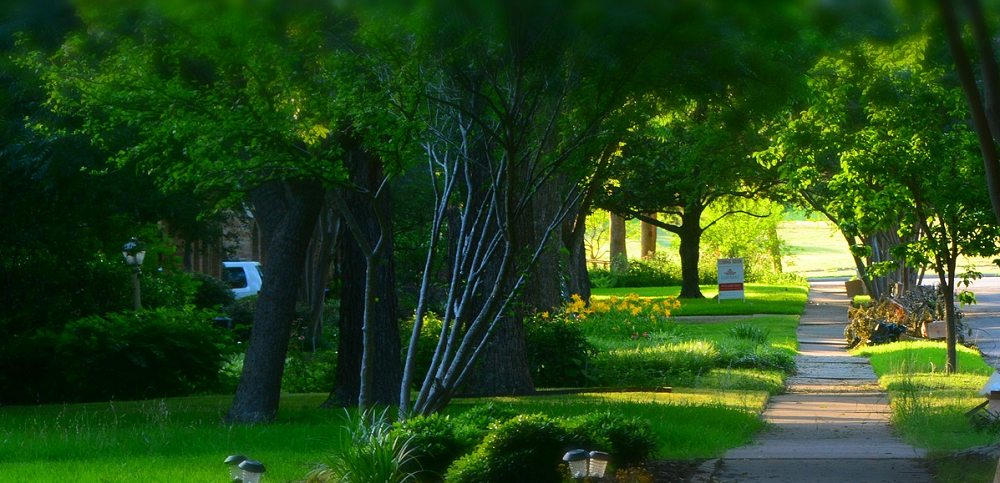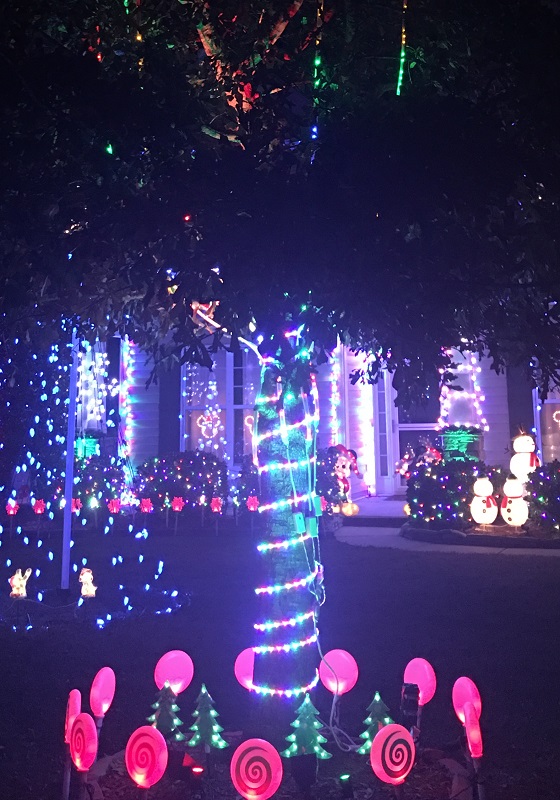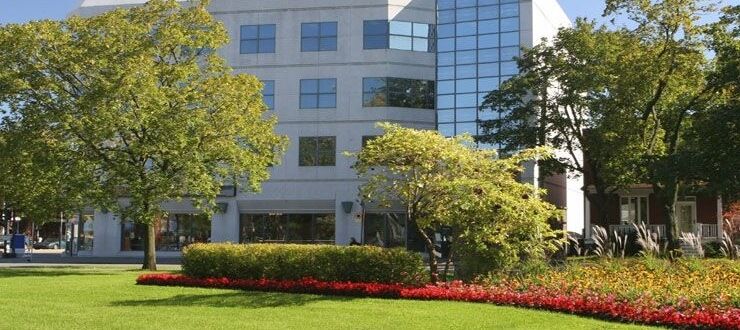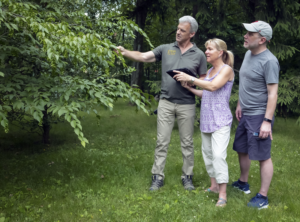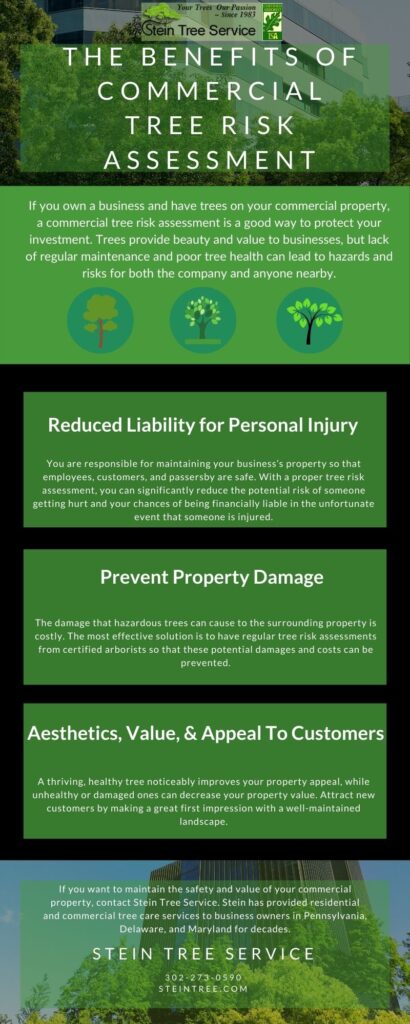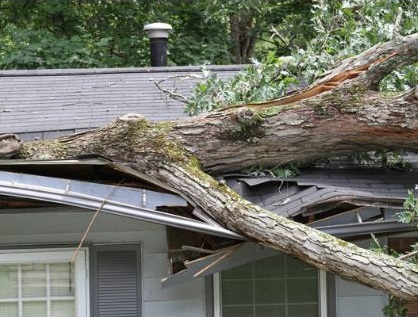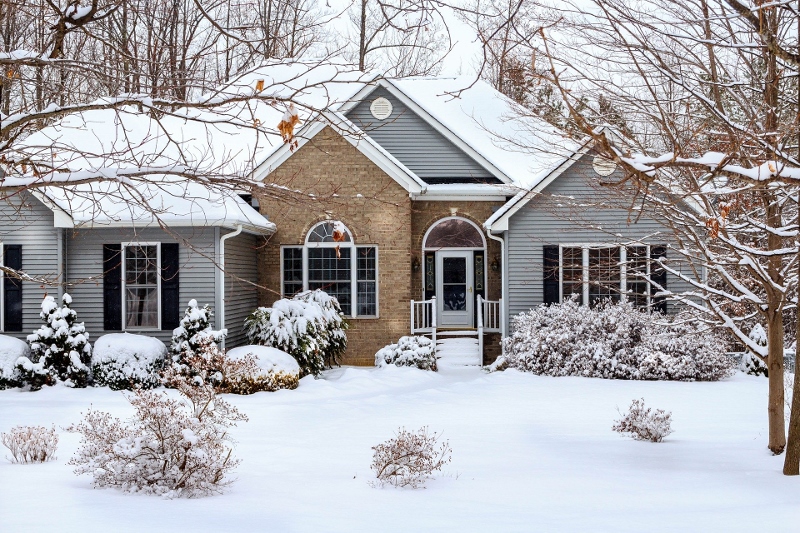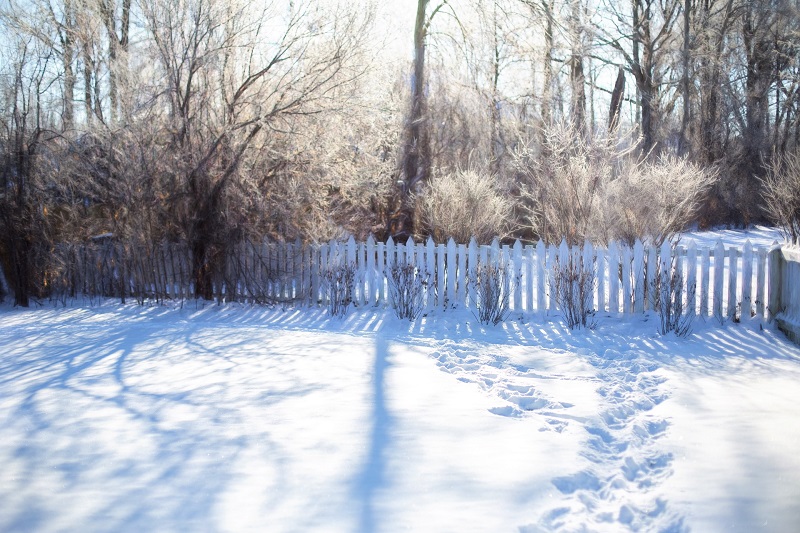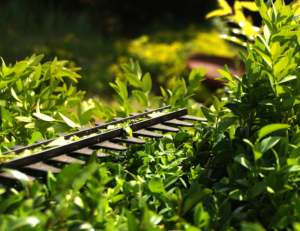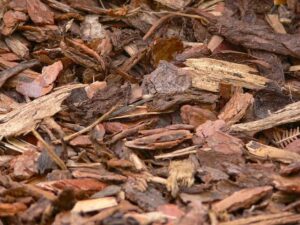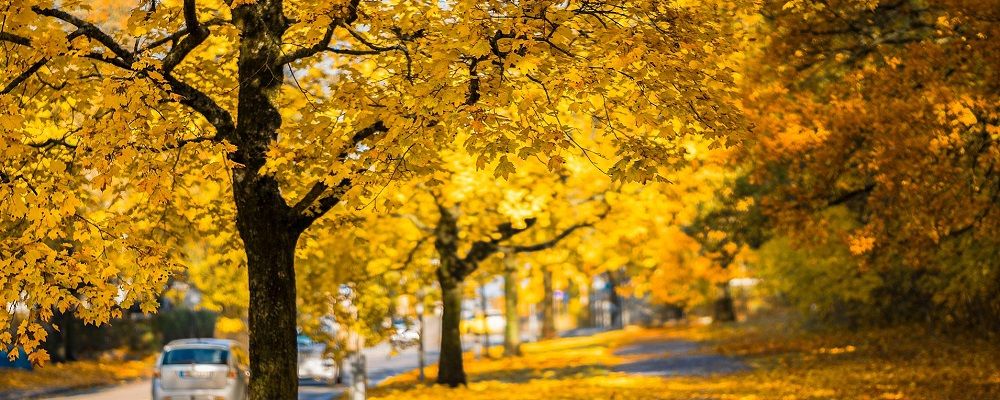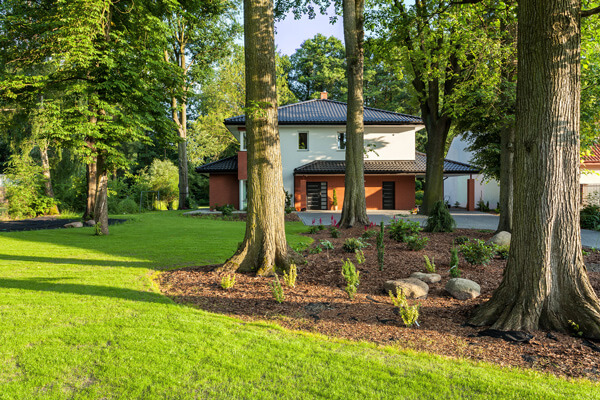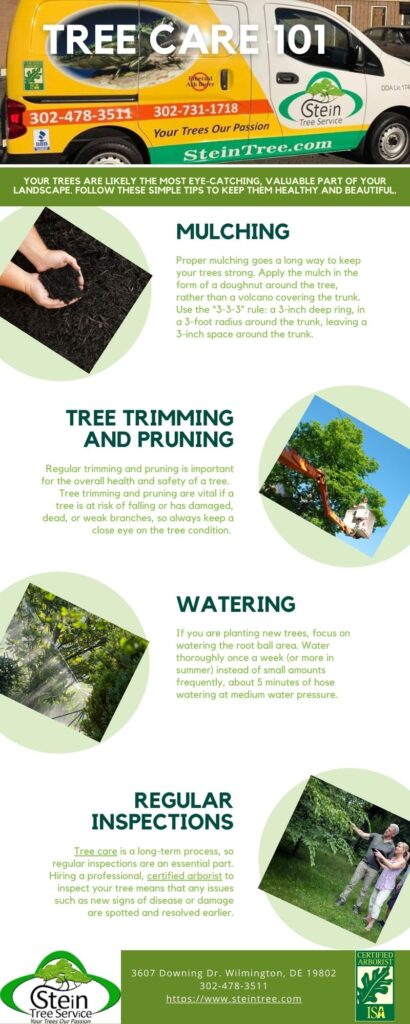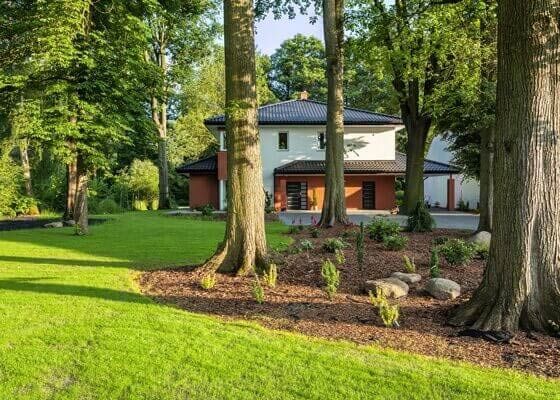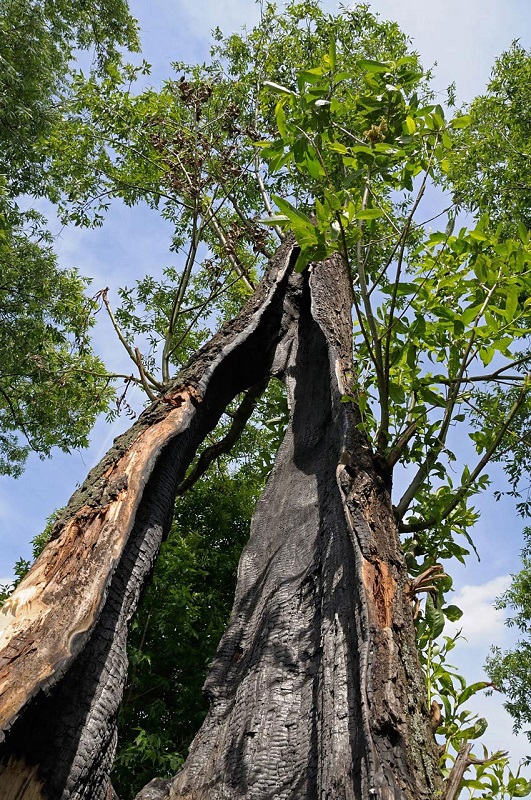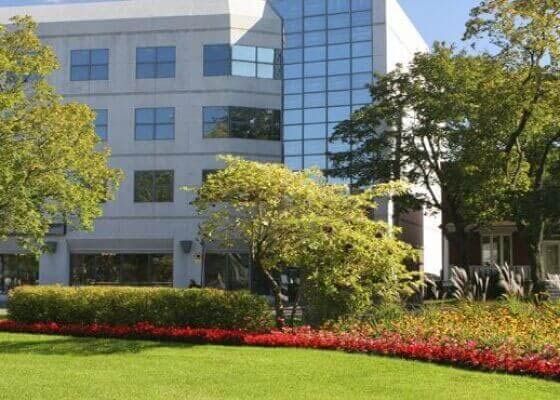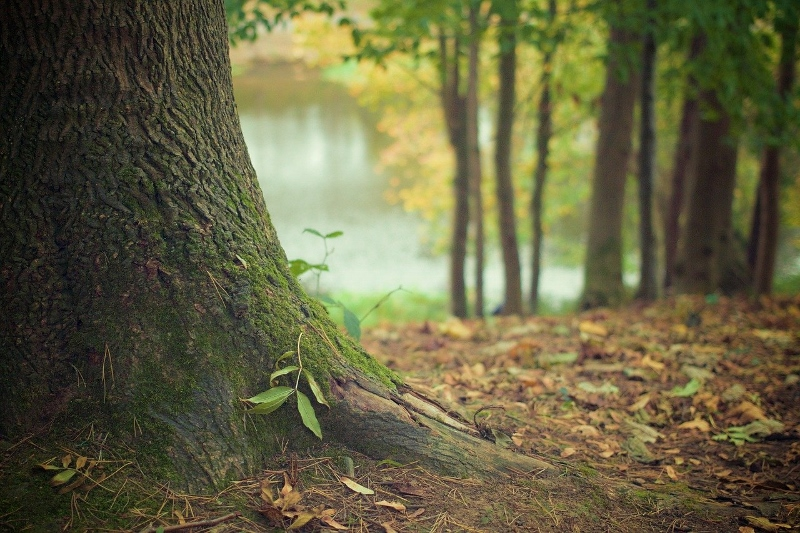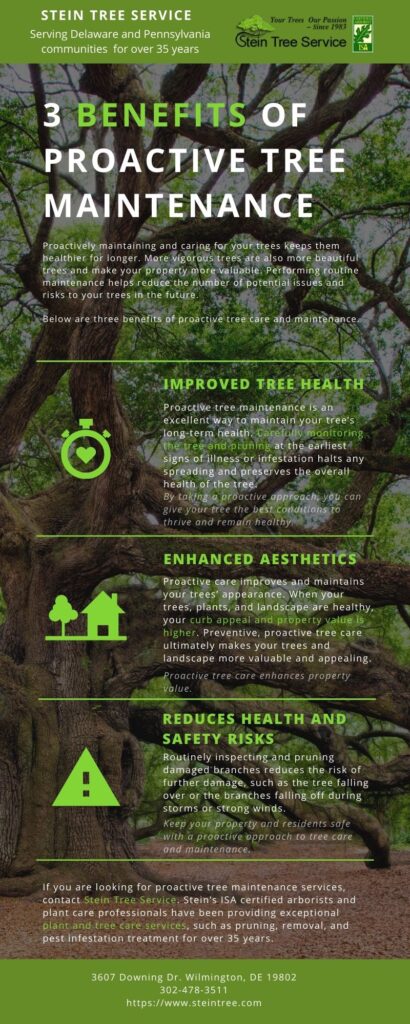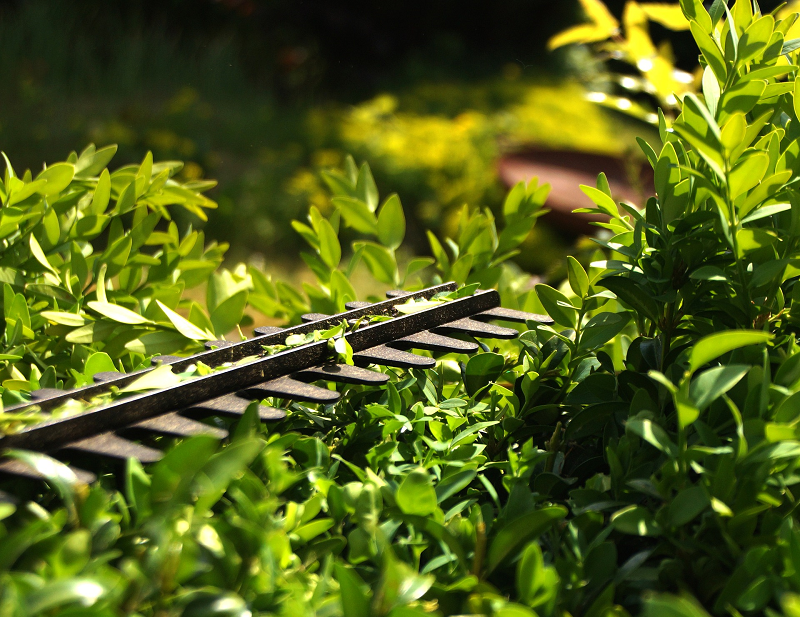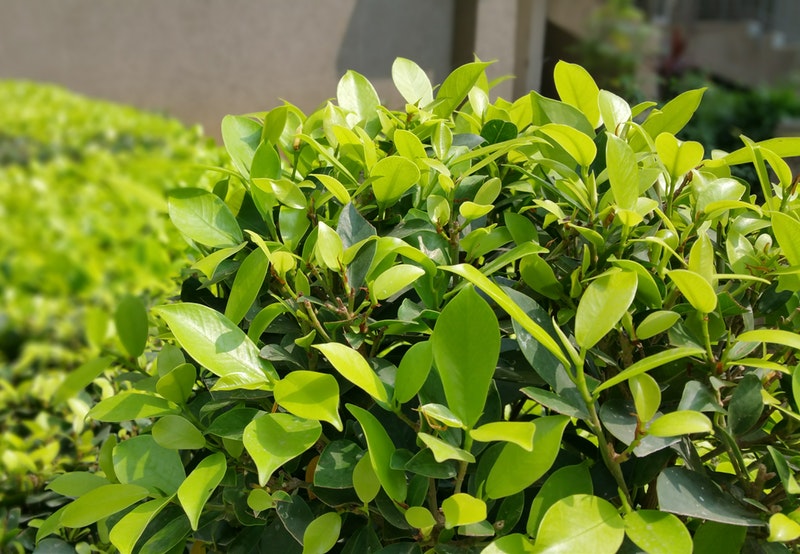Recycling Christmas Trees in Delaware
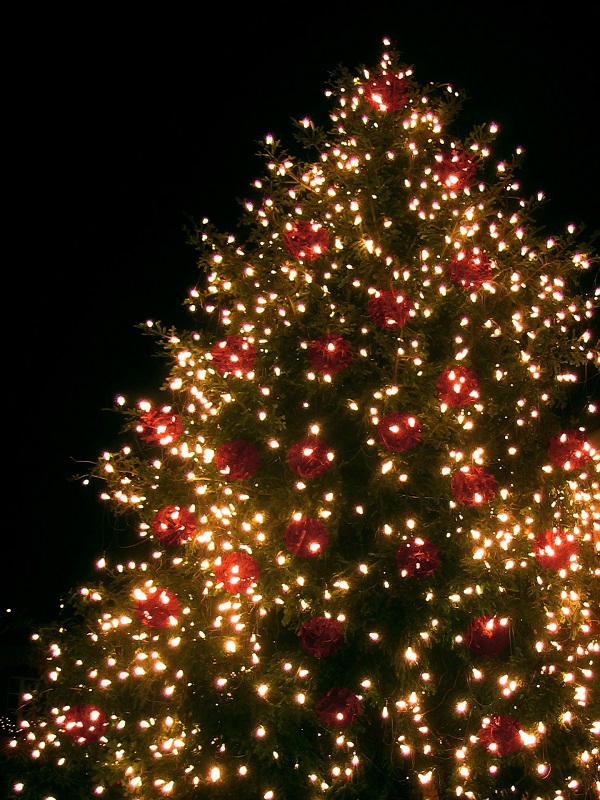
Delaware’s Department of Natural Resources and Environmental Control has encouraged all residents to recycle their Christmas trees rather than throwing them away. Yard waste (branches, trees (including Christmas trees), grass) was banned for disposal from all Delaware landfills as of 2007, in an attempt to get more residents to recycle their yard waste. Residents recycling Christmas trees is one of the results.
Why You Should Recycle Christmas Trees
One reason for recycling Christmas trees is due to the above-mentioned yard waste ban in landfills, but recycling your yard waste comes with other benefits, as well. Yard waste takes up valuable and limited space in landfills, which can cause these landfills to be overcrowded and stress their effectiveness. Also, yard waste in landfills produces methane gas during decomposition, contributing to air pollution. These issues can be avoided by recycling yard waste instead, and you can benefit from recycling your Christmas tree.
The Benefits of Recycling Your Christmas Trees & Yard Waste
You and your landscape can continue to get the value of your old Christmas tree or yard waste after the holidays. For example, an old Christmas tree can be ground and used on your property to help the soil retain water. Another option is to compost your yard waste, turning the plant material into a non-chemical fertilizer to improve your tree and plants health. Recycling Christmas trees provides the benefit of preserving Delaware’s environment while also enhancing your own property’s health and value.
Other Uses for Recycled Yard Waste
In addition to improving your plant and tree health care, here are a few other uses for your recycled Christmas trees and yard waste.
- Create firewood for your outdoor firepit or fireplace. Be sure not to transport your firewood to prevent the spread of emerald ash borer, spotted lanternfly, and other invasive species.
- Use tree pieces in your landscape design, for example, as a plant bed border.
- Removed trees can be shelters for birds and squirrels or fish feeders in your lake or pond.
How to Recycle Christmas Trees & Yard Waste
While recycling Christmas trees comes with many benefits and uses, some residents can find recycling big, heavy trees to be a hassle. If you are having trees removed, the professional tree care company can take away your yard waste after performing tree care services, or use the ground remains of your tree to re-fill the hole left by the tree. By hiring a tree care company to remove or grind your trees, you save time and hassle.
Contact Stein for Your Tree Care & Removal Services
We hope you find this information about recycling Christmas trees to be timely and helpful. If you need tree removal services or other tree care, contact Stein Tree Service. Stein’s team of certified arborists and tree care specialists are highly experienced and knowledgeable and can take care of your tree removal needs. We have been providing various plant and tree care services to Delaware homeowners and businesses for decades. Our equipment is state-of-the-art and ready for immediate response. For more information on our tree care and removal services, contact us today.

